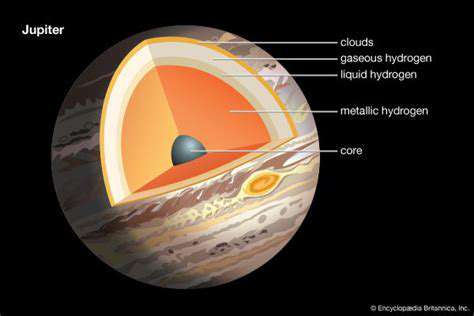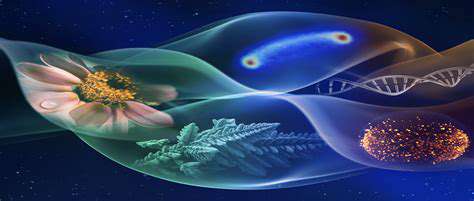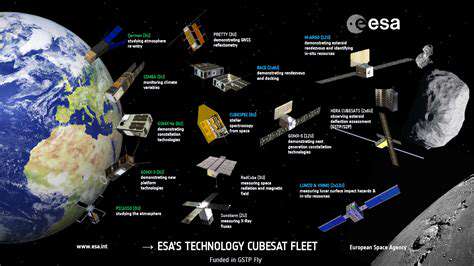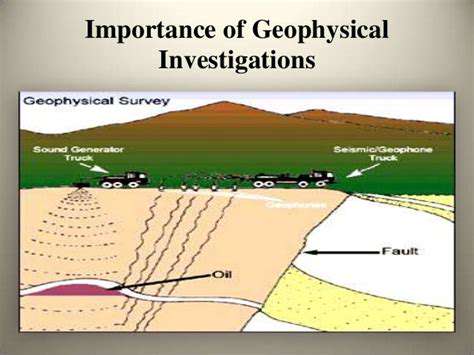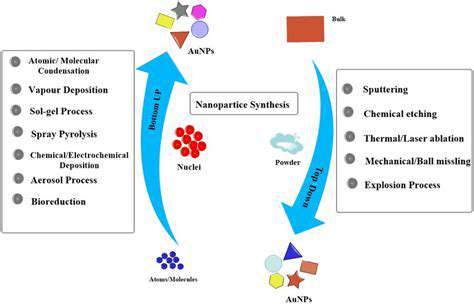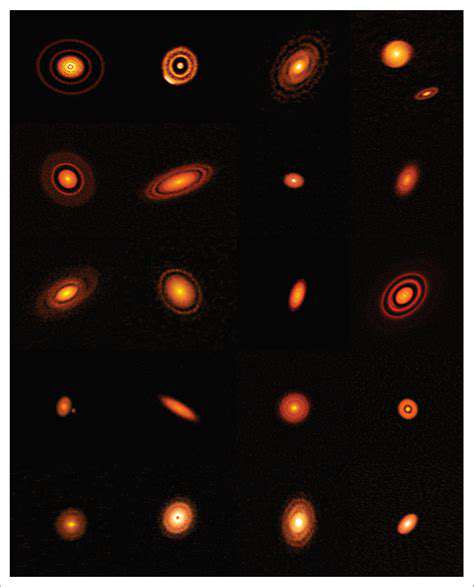Juno's Unique Orbit and Instruments: A Powerful Combination
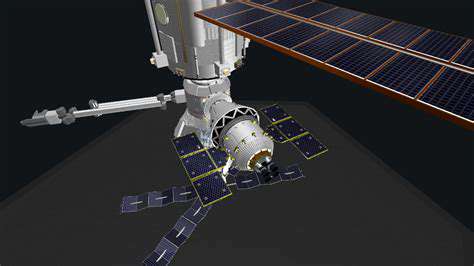
Juno's Polar Orbit: A Unique Perspective
Juno's unique orbit, a highly elliptical polar orbit, allows it to repeatedly fly close to Jupiter's poles, a region largely unexplored by previous missions. This close proximity provides unparalleled opportunities for scientific observation and data collection, offering a different perspective on the planet's structure and dynamics. This polar orbit is crucial for studying Jupiter's auroras and understanding the planet's magnetic field in detail.
This polar trajectory also enables Juno to gather data from different regions of Jupiter's atmosphere and magnetosphere, providing a comprehensive view of the planet's complex environment. This is a critical aspect of Juno's mission, as it allows scientists to study the interaction between the planet and its surrounding space environment.
The Gravity Science Instrument: Mapping Jupiter's Interior
Juno's gravity science instrument is a key component for understanding Jupiter's interior structure. By precisely measuring variations in the gravitational field, the instrument provides crucial data about the distribution of mass within the planet. This data is invaluable for determining the planet's core composition and size, providing insights into Jupiter's formation and evolution.
Microwave Radiometer: Peering Deep into Jupiter's Atmosphere
The Microwave Radiometer (MWR) on Juno is a groundbreaking instrument for investigating Jupiter's deep atmosphere. It measures the thermal emission from various depths within the atmosphere, enabling scientists to map the temperature and ammonia distribution. This detailed view of Jupiter's atmosphere helps us understand the planet's atmospheric dynamics and weather patterns.
Through detailed measurements, the MWR can provide information about the planet's atmospheric composition and its structure, and how these differ from the expected models.
JunoCam: Visualizing Jupiter's Dynamic Atmosphere
JunoCam, a visible-light camera, offers breathtaking images of Jupiter's cloud tops and dynamic atmosphere. These stunning images are crucial for understanding the planet's turbulent weather patterns and the evolution of its atmospheric features. These visuals are not only aesthetically pleasing but also scientifically valuable for studying the planet's cloud formations and atmospheric processes.
Magnetometer: Exploring Jupiter's Powerful Magnetic Field
Juno's magnetometer is essential for studying Jupiter's intense magnetic field. By measuring the magnetic field's strength and direction, the instrument provides insights into the planet's internal dynamo processes and the interaction of the magnetic field with its surrounding environment. Understanding the magnetic field's strength and structure is critical to understanding its role in protecting Jupiter from harmful solar radiation.
Jovian Infrared Auroral Mapper (JIRAM): Observing Jupiter's Auroras
The JIRAM instrument is specifically designed to observe Jupiter's auroras in the infrared spectrum. This allows scientists to study the auroral emissions in greater detail, providing insights into the processes driving these spectacular displays. By examining the infrared emissions, scientists can gain a deeper understanding of the interactions between Jupiter's magnetosphere and its atmosphere.
Plasma Waves and Particles: Understanding the Interplay with Space
Juno's instruments for studying plasma waves and particles provide crucial data about the interaction between Jupiter's magnetosphere and the solar wind. This interaction plays a critical role in shaping the planet's magnetosphere and its surrounding environment. Data gathered helps scientists understand the dynamics of Jupiter's magnetosphere and its overall influence on the solar system.
Our digital ecosystem undergoes constant transformation, fundamentally altering communication methods, workplace dynamics, and global connectivity. This revolution has spawned an intricate network of Digital Interactions, marked by unprecedented complexity and interdependence. From social networking sites to e-commerce platforms, technological engagement patterns continuously redefine daily routines and corporate strategies, necessitating innovative approaches to navigate this fluid terrain successfully.
